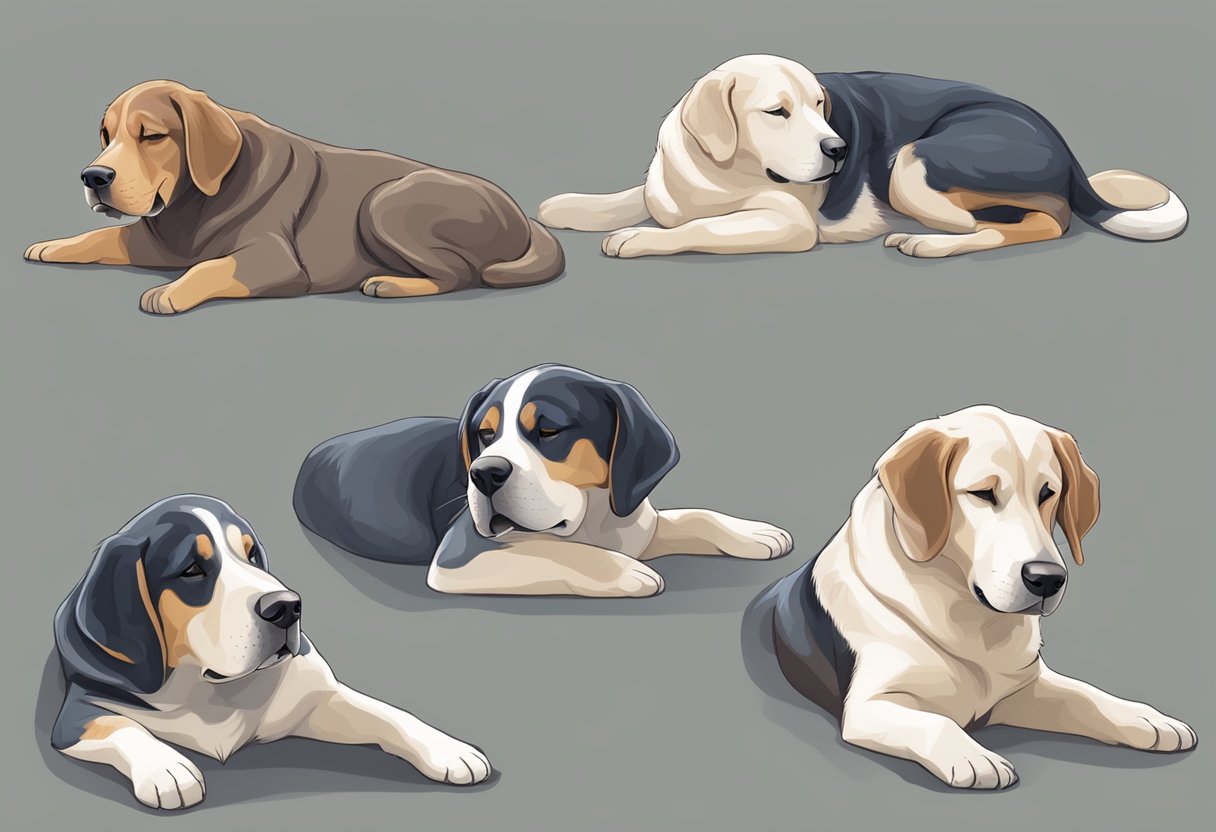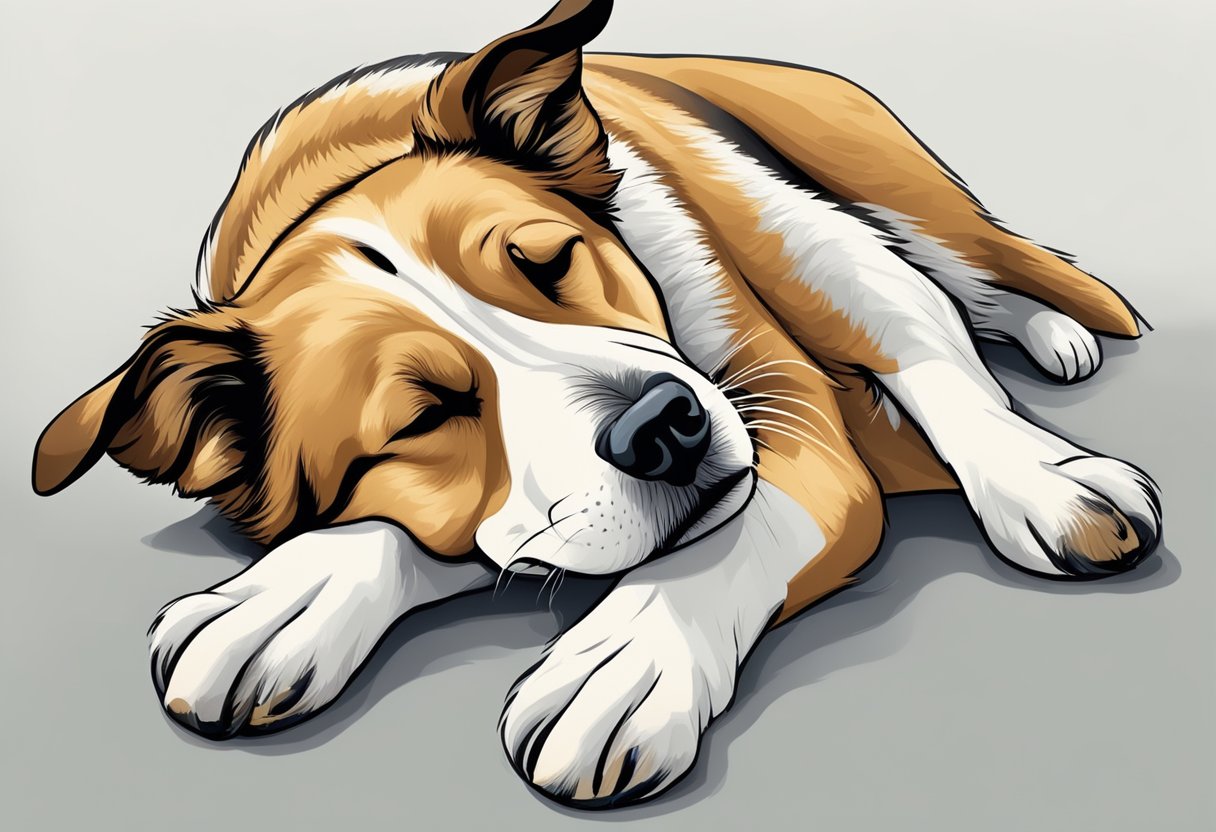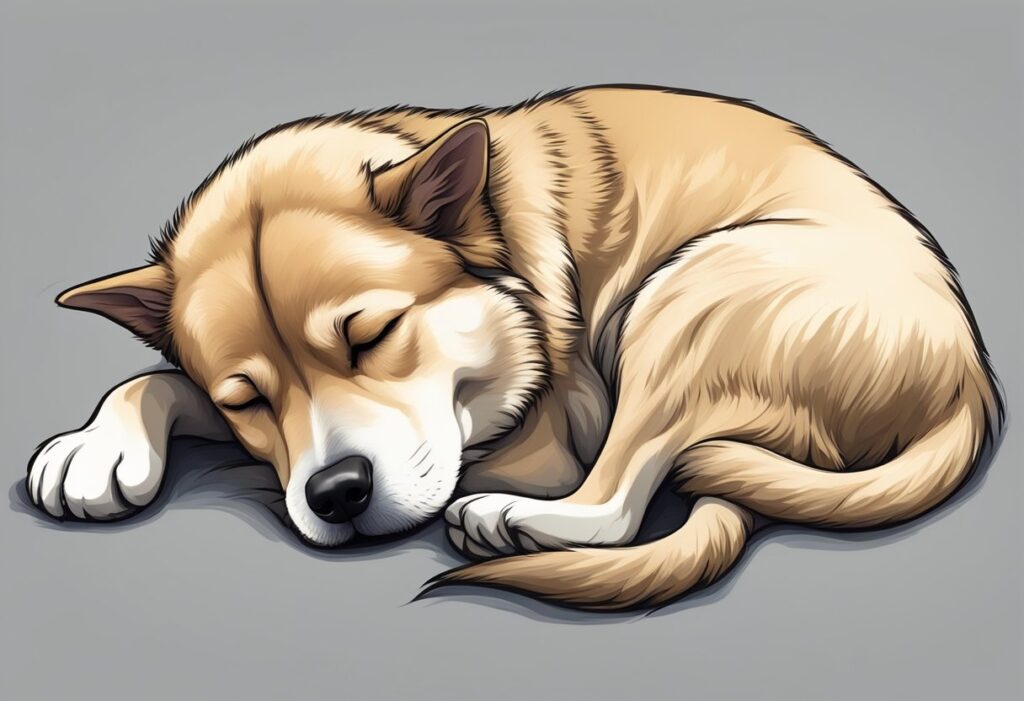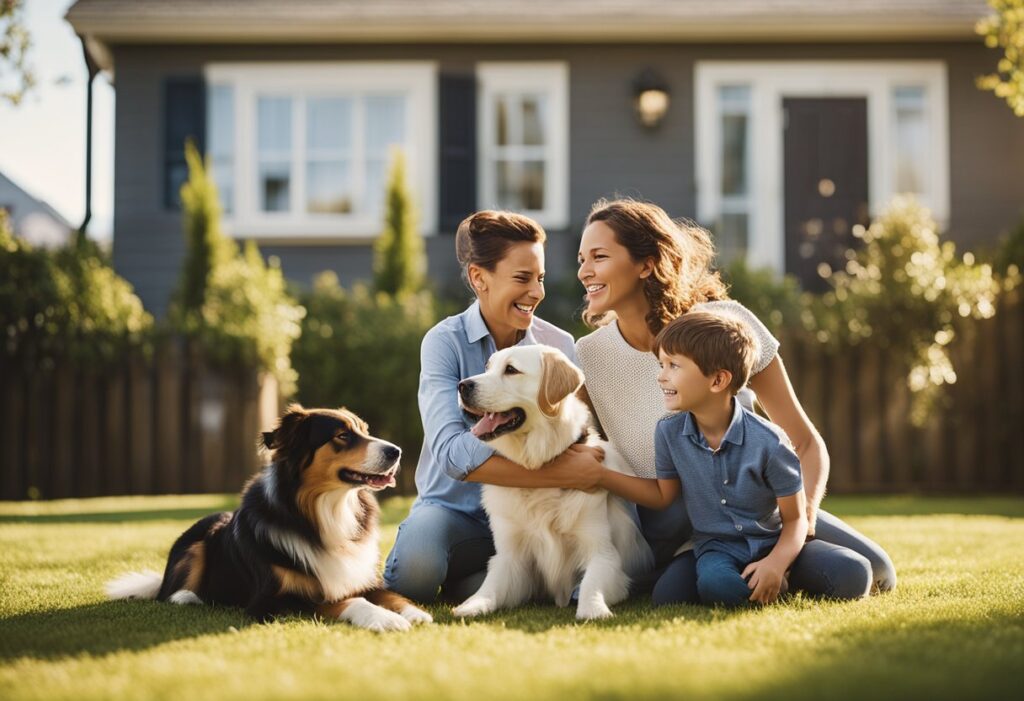Dogs communicate a lot through their body language, including their sleeping positions. Different sleeping styles can reveal essential insights into a dog’s personality and emotional state. Observing how a dog chooses to rest can help owners understand their pet’s confidence levels, energy, and even their comfort with the surrounding environment.
For instance, a dog who curls up tightly may be feeling insecure or cold, while one that sleeps on their back with paws in the air often shows that they are relaxed and trust their surroundings. This understanding of sleeping positions can enhance the bond between pet and owner, creating a more harmonious living environment.
By paying attention to these subtle cues, owners can gain valuable knowledge about their dog’s moods and needs, making it easier to provide comfort and care. Identifying these patterns not only aids in establishing a deeper connection but also fosters a happier and healthier pet.
Understanding Canine Sleep Positions

Canine sleep positions reveal insights into a dog’s personality and comfort level. By examining the science behind these postures and recognizing common positions, pet owners can better understand their dogs’ needs and behaviors.
The Science Behind Sleep Postures
Dogs, like humans, exhibit varied sleep positions influenced by factors such as breed, environment, and their physical state. Research indicates that sleep posture is linked to a dog’s sense of safety and comfort. When a dog sleeps in a curled position, it often reflects a desire for warmth and security. Conversely, an open, sprawled-out posture can indicate relaxation and trust in their surroundings.
The REM (Rapid Eye Movement) phase is when dogs dream, and their body may twitch or move during this time. Understanding these sleep stages helps owners create a comfortable sleeping environment, leading to a more restful sleep for their pets.
Common Dog Sleeping Positions
Several common sleeping positions reveal different aspects of a dog’s personality:
- Curled Up: This suggests a dog that seeks warmth and feels vulnerable. It is common in dogs that prefer security.
- Sprawled Out: Dogs that sleep flat on their stomachs or sides often feel relaxed and safe in their environment.
- On Their Back: When a dog sleeps on its back with paws in the air, it indicates trust and comfort, showing they feel secure in their space.
- Side Sleeping: This position indicates deep relaxation, reflecting confidence and a sense of safety.
Recognizing these positions helps owners understand their dogs better and meet their emotional and physical needs effectively.
Personality Insights Through Sleeping Styles

Dogs exhibit a variety of sleeping positions that can reveal important aspects of their personalities. Understanding these styles can provide valuable insights into their behavior and emotional state.
Confident and Relaxed Dogs
Dogs that sleep in an open and sprawled position often display confidence and comfort. They may lie on their side or back with limbs extended, indicating they feel secure in their environment. This position shows they trust their surroundings, which can suggest an easygoing temperament.
These dogs are generally sociable and enjoy being around people and other animals. Their willingness to expose their bellies during sleep indicates a low level of anxiety. Confident dogs often approach new experiences with curiosity, making them great companions.
Submissive and Timid Temperaments
When dogs curl up tightly or sleep in a fetal position, it often indicates a more submissive or timid personality. This posture can reflect feelings of vulnerability or insecurity. Such dogs may be more cautious and less eager to engage in challenging situations.
These dogs often thrive in calm environments where they can feel safe. It’s important for owners to provide positive reinforcement and a stable routine to help build their confidence. Gradual exposure to new experiences can lead to increased comfort over time.
Protective and Alert Characteristics
Dogs that sleep in a position that keeps their heads raised—such as resting on their paws or in a vigilant stance—tend to possess protective and alert characteristics. This posture often signifies attentiveness and a strong instinct to guard their territory.
These dogs may exhibit a strong sense of loyalty and can be wary of unfamiliar people or situations. Owners may observe them quickly transitioning from a restful state to alertness with the slightest noises. Such behaviors highlight their instinct to protect their family and home.
Health Implications of Sleeping Positions

A dog’s sleeping position can reveal important insights into their health. Observing these positions can help identify signs of physical discomfort and indicators of psychological well-being.
Signs of Physical Discomfort
When a dog sleeps in uncomfortable positions, it may suggest physical pain or distress. For example, a curled-up position can indicate that the dog is trying to protect a sore area.
Common signs to monitor include:
- Hesitation to lay down
- Frequent position changes
- Reluctance to engage in play or exercise
If a dog consistently sleeps on one side, it may indicate an underlying issue, such as hip dysplasia or arthritis. Regular veterinary check-ups are essential for addressing any concerns related to their sleeping behavior.
Indicators of Psychological Well-Being
A dog’s preferred sleeping position can also reflect its emotional state. Dogs that sleep in relaxed postures, such as on their backs with paws in the air, often feel safe and secure.
Indicators of a content dog include:
- Sleeping with a relaxed body
- Occasional twitching during sleep, indicating dreaming
- Snuggling close to other pets or humans
Conversely, if a dog shows signs of sleeping with one eye open or in a stiff position, it may signal anxiety or stress. Addressing these behavioral aspects is critical to maintaining a dog’s mental health.
Environmental Factors Affecting Sleep Posture

Various environmental factors play a significant role in a dog’s sleeping posture. Changes in seasons and the specific areas where dogs rest can alter how they position themselves while sleeping.
Seasonal Sleeping Changes
Seasonal changes can directly influence a dog’s sleeping behavior. During colder months, dogs may curl up tighter or seek warmer spots, such as near heaters or under blankets. This posture helps retain body heat.
In contrast, during warmer months, dogs often spread out more while sleeping. They may choose cooler surfaces, such as tile floors or shaded areas, to regulate their body temperature. This adaptability demonstrates how dogs respond to environmental cues that affect their comfort while resting.
Impact of Sleeping Areas
The location where a dog sleeps significantly impacts their posture. Dogs that sleep in a secure, confined space may curl up to feel protected. This position reflects a need for security in their environment.
On the other hand, dogs that sleep in open areas may adopt more relaxed postures. They might lay on their sides or stretch out, feeling safe and confident in their surroundings. The type of bedding and the level of comfort also affect these choices, with soft beds promoting more relaxed positions.
Interpreting Changes in Sleep Behavior

Changes in a dog’s sleep behavior can indicate shifts in their health or emotional state. Recognizing these alterations is essential for understanding a dog’s well-being.
Age-Related Sleep Patterns Changes
As dogs age, their sleep patterns often shift noticeably. Older dogs may sleep more than younger ones, reflecting a decrease in energy levels.
They might also experience fragmented sleep due to conditions like arthritis or cognitive dysfunction. It’s common to observe more frequent naps and longer periods of inactivity.
Changes in sleep position could signal discomfort or pain. If an older dog suddenly starts to curl up tightly or sleeps in unusual locations, it may indicate a need for veterinary attention.
Responding to Disturbed Sleep
Disturbances in a dog’s sleep can stem from various sources such as anxiety, environmental changes, or health issues. A dog that wakes frequently or appears restless might be experiencing stress or discomfort.
To address this, creating a calm sleeping environment is vital. Reducing noise, providing a cozy bed, and ensuring a stable routine can help.
If sleep disturbances persist, consultation with a veterinarian is recommended. This can help identify underlying medical issues or anxiety disorders, allowing for a proper action plan tailored to the dog’s needs.
Enhancing the Human-Dog Bond

Building a strong bond with a dog involves understanding their behavior and respecting their needs. This connection can be deepened through mindful practices that enhance trust and communication.
Respect for Resting Spaces
Dogs, like humans, need their own space to rest and recharge. Recognizing and providing a designated resting area allows them to feel secure and valued. This space should be comfortable, away from foot traffic, and familiar.
Using a crate or a cozy bed can help dogs understand where they can retreat. Avoid disturbing them while they are resting, as this may lead to stress or anxiety. Respecting their space not only boosts their comfort but also strengthens their bond with their owner.
Understanding Your Dog’s Needs
Every dog has unique preferences that reflect their personality. Observing sleeping positions can reveal whether a dog is relaxed, anxious, or protective. For instance, a dog that sleeps on its back may feel safe, while one that curls into a ball may be seeking warmth and comfort.
Understanding these signals helps owners cater to their dog’s emotional and physical needs. Engaging in activities that align with these preferences fosters a healthier relationship. Regular physical exercise, mental stimulation, and affectionate interaction are crucial for enhancing this bond.



